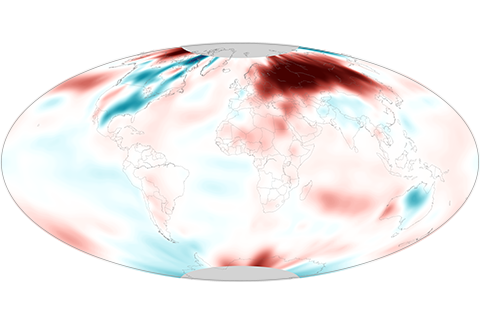
While much of the United States was cooler than average in November, the globe as a whole set a new record for warmth.
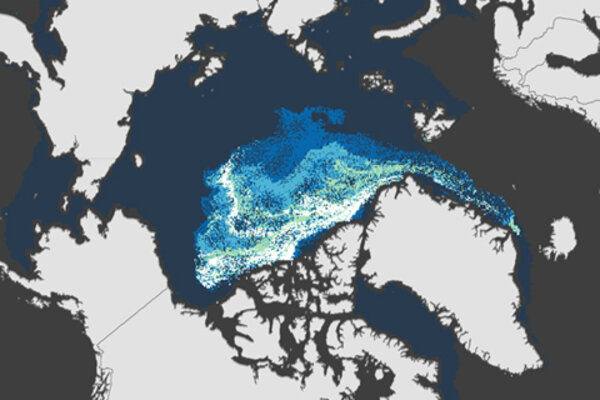
Very little old sea ice remains in the Arctic
December 13, 2013

For those of you dreaming of a white Christmas, NOAA has a map showing the historic probability of your dream coming true.

Only a few herds of reindeer and caribou are increasing or are stable at high numbers; most herds continue to decline or remain at low numbers after severe declines in recent decades. Whether these trends are a result of Arctic climate change or part of a natural pattern is still unknown.
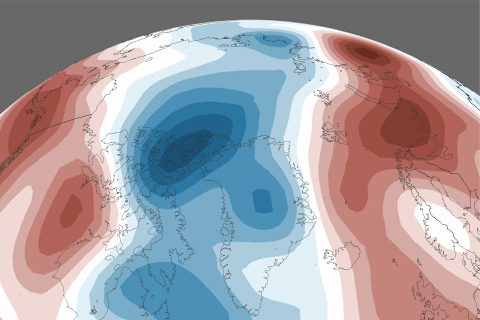
From reindeer to regional temperature patterns, from sea ice age to Greenland surface melt, the Arctic Report Card is a yearly assessment of the Arctic's physical and biological systems and how they are changing. This collection of visual highlights from the 2013 report is a story of the Arctic in pictures.
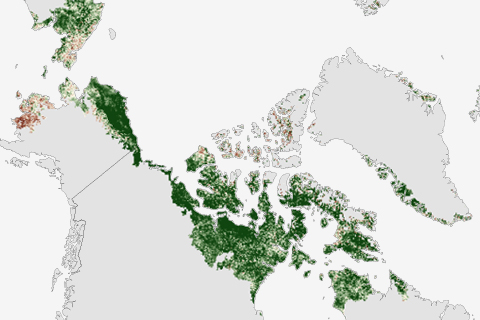
Since observations began in 1982, Arctic-wide tundra vegetation productivity has increased. In North America, the rate of greening has accelerated since 2005.
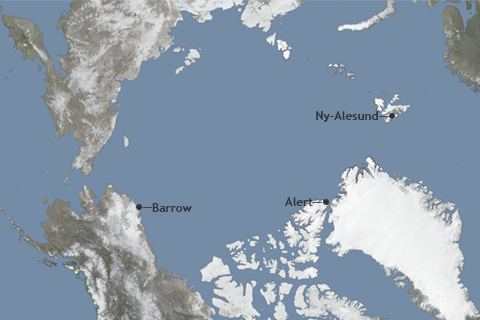
Since the early 1990s, annual atmospheric equivalent black carbon concentrations in the Arctic have decreased at the surface by as much as 55 percent—one of the few "good news" stories coming out of the region.

Since the mid-1960s, the Arctic has warmed about 3.6°F (2.0°C)—more than double the amount of warming in lower latitudes. In 2012 (the last complete calendar year available at the time scientists began working on the 2013 Arctic Report Card), the annual average temperature was the sixth warmest on record.
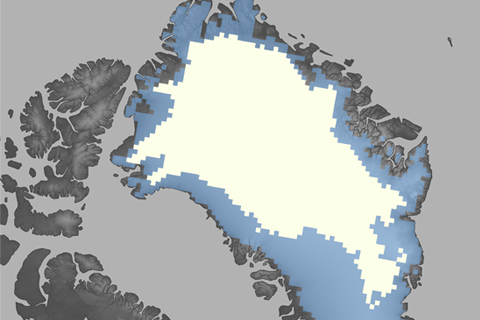
After record-breaking melt during the 2012 season, the 2013 melt extent was more on par with the long-term average. The reprieve from the record warmth and melting of the past six summers is likely connected to a strong positive phase of the North Atlantic Oscillation during summer 2013.

Most of the Arctic boundary waters were warmer than average in summer 2013, but a few cool pockets appeared in the western Arctic and the Greenland Sea. Warmer waters are drawing new species from lower latitudes into the Arctic.